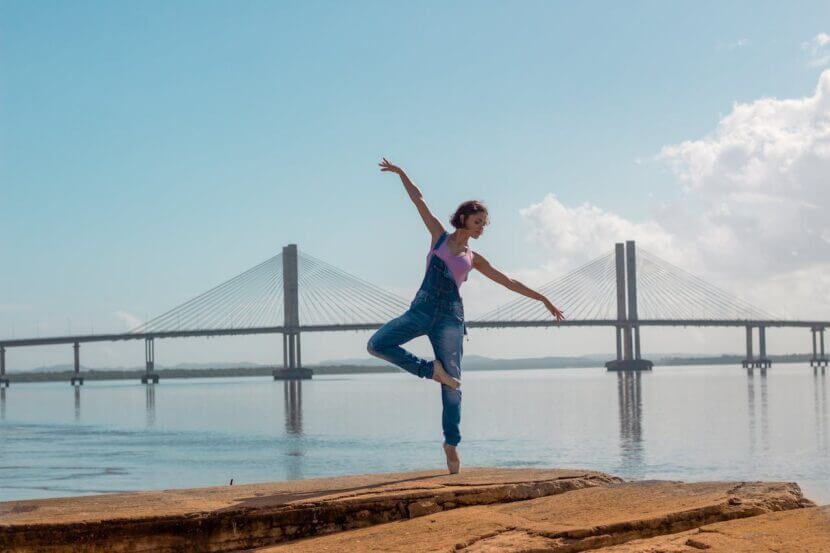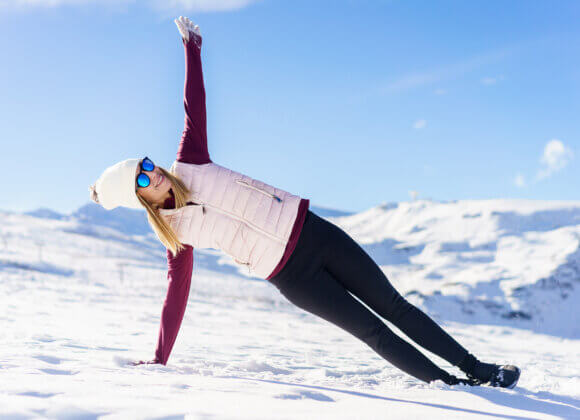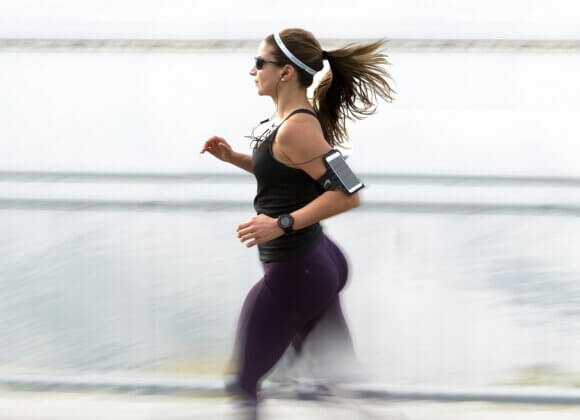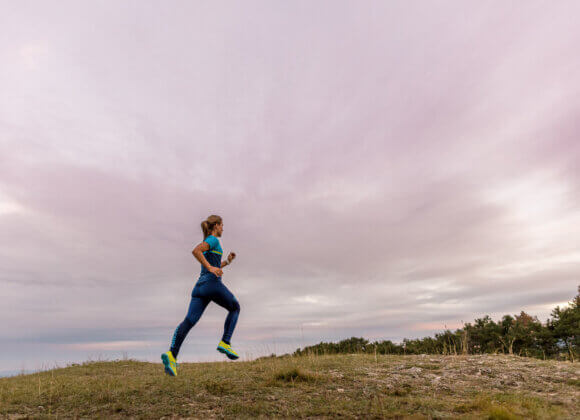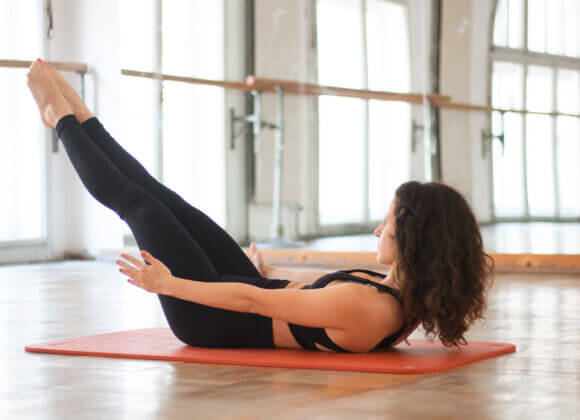Sensorimotor function: how to optimize the interaction between the nervous system and muscles
Sensorimotor training strengthens the connection between the nervous system and the muscles. The effects are manifold: coordination, stability and balance are improved and the risk of injury is reduced.
Balancing, walking or running on uneven or slippery ground, but also climbing, jumping and even dancing – movements like these require balance, coordination and stability. This is where sensorimotor skills, a combination of sensory and motor skills, come into play. “The sensory system describes how information is received and transmitted to the central nervous system in the brain and spinal cord, while the motor system is about controlling and tensing the muscles,” explains Daniel Bischof from the Flexifit Sports Academy. Sensorimotor skills can therefore be described as the ability to harmonize the interaction of the nervous system and muscles in order to promote coordination and optimize movement sequences.
Higher risk of injury
However, if the ability to balance is impaired or there are problems with the sense of balance, this can lead to impaired perception and inadequate movements – associated with an increased risk of injury. This is precisely where sensorimotor training comes in: “It involves training coordinative skills with the aim of improving performance, mobility and posture, being able to perform more complex movement sequences and process stimuli more quickly,” says sports scientist Bischof, who points out that this training is not only suitable for all age groups, but is also highly recommended.
Wide range of exercises
Sensorimotor training can be carried out as a separate unit or in the form of individual exercises incorporated into conventional training. The range is wide: “There are mobilization exercises, exercises for dexterity, balance exercises, stretching exercises and much more,” describes Bischof. And he also has a few tips at the ready:
Balance exercises: Standing on one leg, standing on an unstable surface or using a balance board improve stability and coordination.
Eye-hand coordination: Ball games such as tennis, table tennis or volleyball challenge eye-hand coordination and encourage the senses to work together.
Proprioceptive exercises: Unstable surfaces such as a foam roller or a wobble board help to activate the deep muscles and train body awareness.
Reaction exercises: Reflexes and the ability to react quickly can be improved with the help of reaction balls or reaction training equipment.
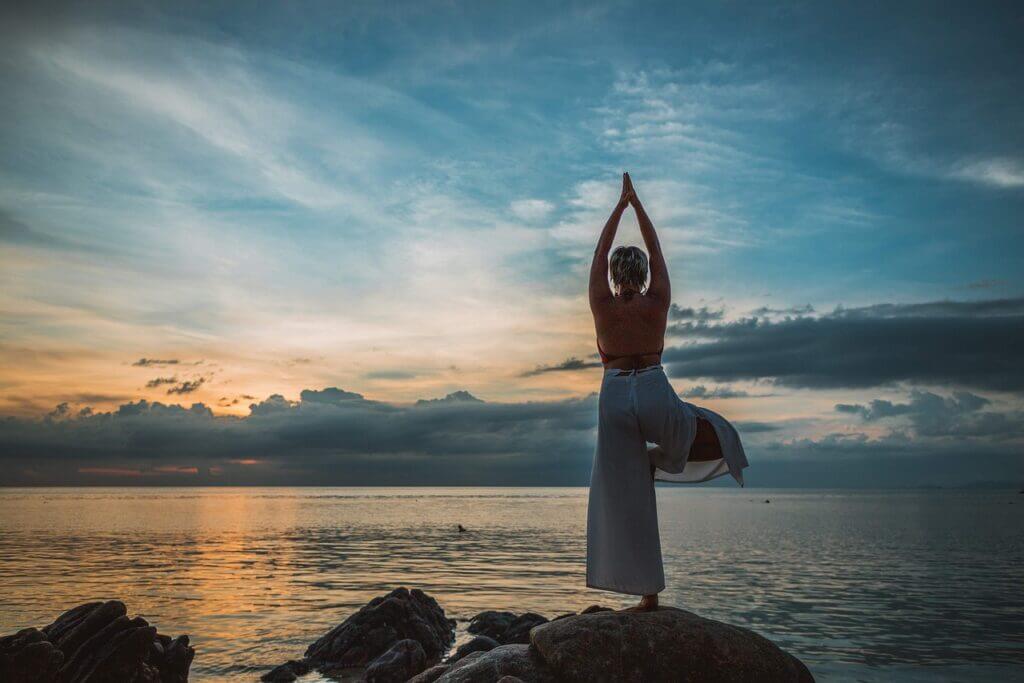
Gradual development of sensorimotor skills
“To achieve the desired effect, sensorimotor training should be built up gradually and increased step by step,” advises the sports scientist. In the one-legged stance, for example, this is associated with standing on an unstable surface, the opposite
It is possible to carry the arms or stretch the arm and leg diagonally. For push-ups, the hands could be supported on medicine balls and the legs on an exercise ball.
Important for fitness
“Sensorimotor training is an important component in improving physical fitness for everyone. By regularly integrating sensorimotor training into the fitness program, injuries can be avoided and general athletic performance can even be improved,” Bischof is convinced.
Related posts:
The top 3 yoga retreats in the world


